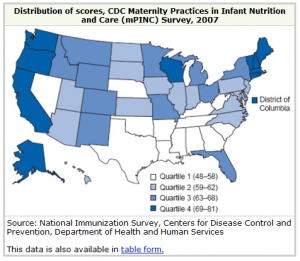 This is the 33rd in a series of posts on Booby Traps, made possible by the generous support of Motherlove Herbal Company.
This is the 33rd in a series of posts on Booby Traps, made possible by the generous support of Motherlove Herbal Company.
You all know the first rule of real estate, right? Location, location, location.
Well, it appears that this is the rule applies to hospital breastfeeding support, too.
The CDC collects information on the kind of breastfeeding care given at hospitals around the country, and their data show that where you live* can determine what kind of breastfeeding support you get.
To be clear, this isn’t the rate of breastfeeding, which also varies by region. That variation isn’t surprising because of cultural and historical differences. The differences I’m talking about are the kind of care you get - a variable under the control of the people providing the care.
Imagine hearing that - in spite of clear evidence and established policy - a heart attack or stroke were routinely cared for differently in Minnesota than in Mississippi. Wouldn’t sound right, would it?
 But that’s what CDC data show when it comes to breastfeeding care. In a survey called Maternity Practices in Infant Nutrition and Care (known as mPINC), the CDC collects biannual data from hospitals about their compliance with the Ten Steps to Successful Breastfeeding, the foundation of the UNICEF/WHO Baby Friendly Initiative. These practices have been shown many times to increase breastfeeding success.
But that’s what CDC data show when it comes to breastfeeding care. In a survey called Maternity Practices in Infant Nutrition and Care (known as mPINC), the CDC collects biannual data from hospitals about their compliance with the Ten Steps to Successful Breastfeeding, the foundation of the UNICEF/WHO Baby Friendly Initiative. These practices have been shown many times to increase breastfeeding success.
What’s the most obvious feature of these differences? As you can see in the map above, In general, the West and Northeast score the best in breastfeeding care, whereas the Southeast and Mountain Plains fare the worst.
Here are some of the more notable differences by region, broken out by some of the Ten Steps:
Model breastfeeding policy (“the hospital has a written breastfeeding policy that includes 10 model policy elements”)
- High: Northeast, 32%
- Low: Mountain Plains: 8%
Early initiation of breastfeeding (“≥90% of healthy full-term breastfed infants initiate breastfeeding within one hour of uncomplicated vaginal birth”)
- High: West, 59%
- Low: Southwest, 39%
Limited use of supplements (“<10% of healthy full-term breastfed infants are supplemented with formula, glucose water, or water”)
- High: West, 27%
- Low: Southeast, 13%
Rooming in (“≥90% of healthy full-term infants, regardless of feeding method, remain with their mother for at least 23 hours per day during the hospital stay”)
- High: West, 68%
- Low: Mid-Atlantic, 20%
Limited use of pacifiers (“<10% of healthy full-term breastfed infants are given pacifiers by maternity care staff members”)
- High: West, 43%
- Low: Mountain Plains, 18%
Want to see how your state scored on the Ten Steps, relative to others? Here’s a chart which breaks it down by state.
Of course, data is not destiny, and many of you are probably thinking, “Hey, I gave birth in the South and my hospital was great,” or “The care at my California hospital birth was terrible.”
But the research does point to large trends that do impact many moms and babies. And since these factors are under the control of hospitals themselves, and many hospitals have shown that with effort and time practices can change, there is no reason why moms Minnesota and Mississippi should expect - and demand - the same standard of care.
Wherever you live, how can you find a breastfeeding-friendly hospital? Here’s our guide to the Top Ten Questions to Help you Find a Breastfeeding-Supportive Hospital!
How does your region* rank in breastfeeding care, and was that evident in the kind of care you got?
*In case you’re not sure which region your state was included in, here’s the CDC’s breakdown:
- Western = Alaska, American Samoa, Arizona, California, Guam, Hawaii, Idaho, Nevada, Oregon, Washington
- Southwest = Arkansas, Louisiana, New Mexico, Oklahoma, Texas
- Southeast = Alabama, Florida, Georgia, Kentucky, Mississippi, North Carolina, South Carolina, Tennessee
- Northeast = Connecticut, Maine, Massachusetts, New Hampshire, New York, Rhode Island, Vermont
- Mountain Plains = Colorado, Iowa, Kansas, Missouri, Montana, Nebraska, North Dakota, South Dakota, Utah, Wyoming
- Midwest = Illinois, Indiana, Michigan, Minnesota, Ohio, Wisconsin
- Mid-Atlantic = Delaware, District of Columbia, Maryland, New Jersey, Pennsylvania, Puerto Rico, Virginia, U.S. Virgin Islands, West Virginia.



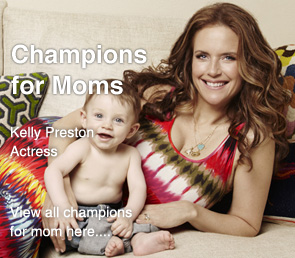
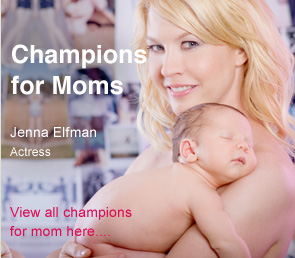


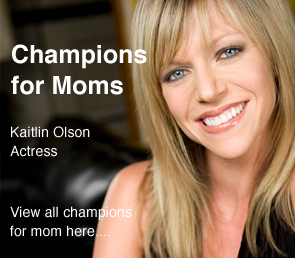
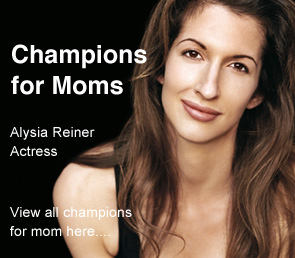
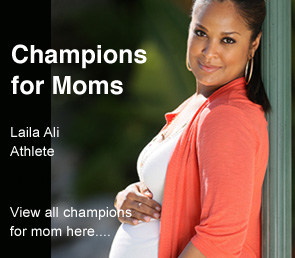

I gave birth in VA, and I’d say the support I received about reflected its standing.
I gather from my relatives in Louisiana, where I was born, that these numbers accurately reflect the hideous state of breastfeeding support there. One of my cousins had her first child in Louisiana and her second & third in Missouri, and she said the difference in breastfeeding support was HUGE. I’m not sure where they all come from, but it seems like Louisiana is at the eye of some perfect storm of cultural/ institutional/ socio-economic factors that massively inhibit its breastfeeding success.
I was pleased with the BF support I received at both of the California hospitals in which I gave birth. But, the statistics - even for the 4th quartile states - leave so much room for improvement! Until reading this article I didn’t realize how poorly supported nursing mothers and babies are.